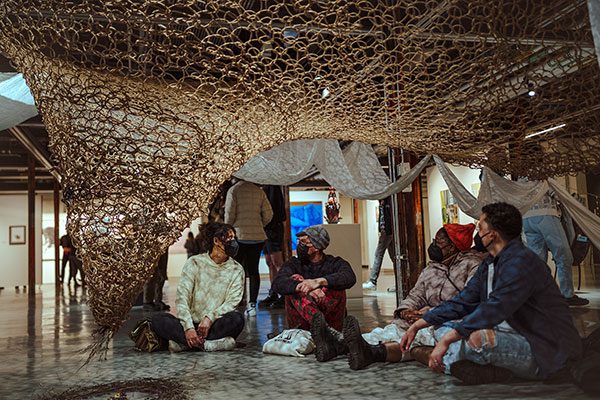
by Dr. James R. Gore
American literary giants such as Langston Hughes, Tony Morrison, Ralph Ellison, and James Baldwin utilized Jazz as literal and metaphorical perspectives of African American life in literature. An essay by Mohamed Schir Syad stated: In terms of the black/white dichotomy, Langston Hughes explained in his 1926 short essay, “The Negro Artist and the Racial Mountain,” the idea behind the appropriation of jazz in his work:
“Jazz to me is one of the inherent expressions of Negro life in America; the eternal tom-tom beating in the Negro soul—the tom-tom of revolt against weariness in a white world […]; the tom-tom of joy and laughter, and pain swallowed in a smile.“
Syad, 2014
Hughes’ description of Jazz as part of the African American cultural experience — as expressed in his writings — illustrates how African American artists utilized art to present an authentic African American aesthetic.

The proposition of literature adopting the attitude of Jazz was revolutionary. Jazz literary form reveals the seemingly invisible lives of African Americans. It voices their passions, pains, and disillusions about being Black in America. For example, Ralph Ellison noted Louis Armstrong’s song “What Did I Do To Be So Black And Blue” in his 1952 novel, “Invisible Man”; Armstrong’s song is parallel to the narrator’s search for identity in America.
The literary storytelling by the aforementioned writers provides courageous human introspection and validation Jazz literary form may not be discussed often in American literature; yet, it is worth the time to investigate and enjoy this form of literature in its variations.


